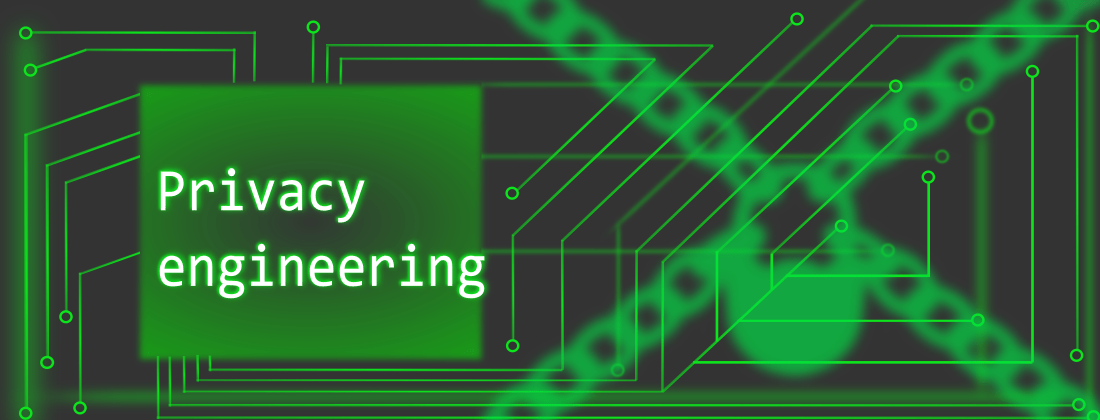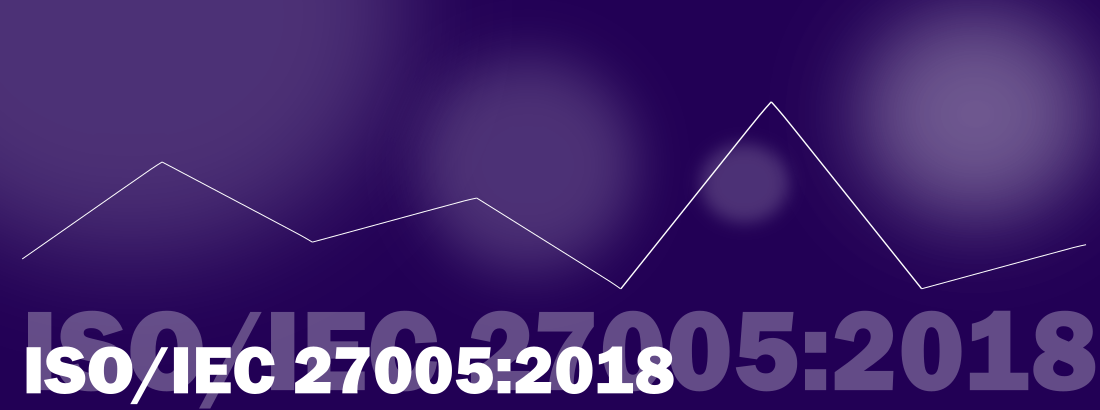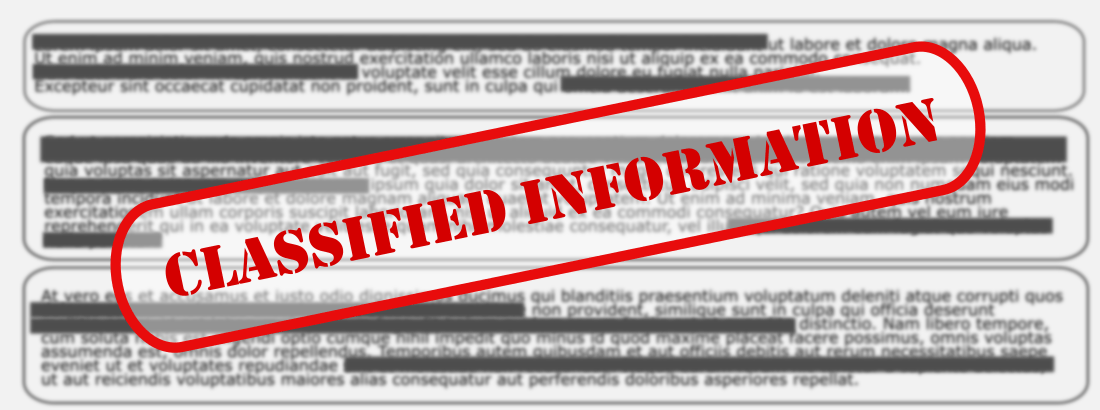Cybersecurity
How to meet the requirements of EU directives?
Protecting data and IT systems is becoming a priority for organizations around the world. Implementing an effective cybersecurity strategy is becoming not only a necessity, but also a challenge that enterprises of all sizes and public institutions must meet. We’ll look at the key aspects of building a secure digital environment, focusing on the strategies, tools and practices that help organizations protect themselves against increasingly advanced cyber threats. We will explore the importance of staying up to date with regulations and standards, collaborating with others, using appropriate tools and technologies, and monitoring and responding to incidents. Let’s discover together the key steps needed to build a resilient and secure digital environment in an era of constantly evolving cyber threats.
How to meet the requirements of EU cybersecurity directives?
Meeting the requirements of EU directives on cybersecurity requires a coordinated approach and the implementation of appropriate security measures. The most important aspects that can help in meeting these requirements:
Analysis and risk assessment
Perform a comprehensive risk analysis to identify potential threats to your systems and data. Assess what consequences may arise from these threats and what security measures are needed to minimize them.
The risk analysis and assessment process consists of several stages:
Threat identification – involves identifying external and internal threats. External threats include: hacker attacks, malware, phishing, ransomware, human errors, infrastructure failures. Internal threats include: employee errors, abuse of authorizations, unauthorized access to data.
Risk assessment – this is where the probability of a threat occurring is assessed:
What is the probability that a given threat will occur?
What may be the consequences of the threat? What might be the consequences of a given threat to the organization’s systems, data and operations?
and
What is the probability of the risk of a threat occurring? We calculate the product of probability and consequences.
Selection of security measures – such measures may be: access control, firewalls, anti-virus systems, data encryption. We need to define Intrusion Detection Systems (IDS), Intrusion Detection Systems (IPS). and response, i.e. plans for responding to cybersecurity incidents, data backups.
Thanks to risk analysis, we develop a number of tools (questionnaires, forms) that allow us to collect information about potential threats and their impact on the organization. Thanks to this, we can develop risk assessment models that enable quantitative threat assessment and create a vulnerability scanning tool that identifies vulnerabilities in systems and applications.
Risk analysis and assessment allows for a better understanding of potential threats to the organization, provides the opportunity to concentrate security resources on the most important areas, increases resistance to cyberattacks and meets legal and regulatory requirements.
Implementation of appropriate security measures
Based on the risk analysis, implement appropriate security measures, such as firewalls, antivirus programs, intrusion detection systems, and incident monitoring and response procedures.
Implementing appropriate security measures is a key step in ensuring protection against cyber threats. It is not only a response to potential threats identified in the risk analysis, but also a proactive action aimed at minimizing risk and increasing the resilience of systems. Firewalls, which are a kind of defensive wall, play a role in filtering network traffic, preventing unauthorized access to the network and protecting against external attacks. Antivirus programs, acting as sentinels, scan systems for malware, eliminating potential threats and preventing infections. Intrusion detection systems, acting like secret agents, monitor network and system activity for suspicious behavior to quickly detect and neutralize attacks. Monitoring and incident response procedures are like contingency plans that outline the steps to take if an attack is detected, allowing you to respond quickly and minimize the damage. In this way, implementing appropriate security measures not only ensures protection against current threats, but also prepares the organization for possible future incidents, building a solid foundation of cybersecurity.
Access management
Ensure access control to systems and data by using strong authentication mechanisms, managing permissions and monitoring user activity.
Access management is a key element in building an effective information security strategy. This is a process that aims to ensure that only authorized people have access to systems and data, minimizing the risk of unauthorized access and abuse. The use of strong authentication mechanisms, such as multi-factor passwords, biometrics or tokens, allows you to confirm the identity of users and protect against password attacks. Permission management allows you to define what activities and resources can be used by individual users or groups, limiting access to data only to the necessary minimum. Monitoring user activity is a key tool in preventing unauthorized access, allowing you to identify suspicious or unusual behavior and quickly respond to potential threats. In this way, access management not only provides protection against unwanted intruders, but also enables effective management of information resources and compliance with regulatory requirements and security standards.
Staff training
Conduct regular training for staff to increase cybersecurity awareness and teach them to recognize and respond to potential threats.
Staff training is an integral element in building a cybersecurity culture in an organization. Regular training helps increase employees’ awareness of cyber threats and equips them with the necessary skills to recognize and effectively respond to potential threats. By educating employees about various types of attacks, such as phishing, ransomware and social engineering, an organization can reduce the risk of making mistakes or clicking on suspicious links or attachments. Additionally, training can help employees understand the importance of safe practices in using IT systems, such as regularly updating software, using strong passwords, and using secure Wi-Fi networks. A key element of training is also preparing employees to effectively respond to incidents by developing procedures in the event of detecting suspicious activity or a cyber attack. In this way, staff training not only strengthens the organization’s defense against cyber threats, but also creates employee awareness and commitment in building a safe and cyber-resistant corporate culture.
Monitoring and response
Create systems and network monitoring mechanisms to detect potential incidents early. Develop procedures for responding to a cyberattack and conduct regular simulation exercises to verify their effectiveness.
Monitoring and response are key elements of an effective cybersecurity strategy, allowing an organization to quickly respond to threats and minimize damage from possible incidents. Creating systems and network monitoring mechanisms allows for continuous tracking of activity and early detection of potential incidents. By using advanced monitoring tools, the organization can closely observe network traffic, user behavior and anomalies in the functioning of systems, which allows for quick identification of irregularities and suspicious activities.
Developing procedures for responding to a cyberattack is equally important. The organization should have clear and defined action plans specifying the steps to be taken in the event of a cyber incident being detected. These procedures should include, among others: procedures for notification, threat isolation, incident analysis and restoration of systems to normal operating status. It is also important to regularly conduct simulation exercises, which allow checking the effectiveness of prepared procedures and improving staff responses in crisis situations. By simulating various attack scenarios, an organization can identify weaknesses in its processes and procedures, which allows them to upgrade and improve them.
As a result, effective monitoring and response are a key element in building the organization’s resilience to cyber threats and enable quick and effective response in the event of incidents. By continuously improving procedures and regular staff training, an organization can increase its readiness to deal with increasingly complex and advanced cyber attacks.
Use of appropriate tools and technologies
Use advanced tools and technologies supporting cybersecurity, such as security management systems, user behavior analysis or artificial intelligence.
Using the right tools and technologies is a key element of an effective cybersecurity strategy, enabling an organization to effectively defend against increasingly advanced cyber threats. The use of advanced tools and technologies supporting cybersecurity allows for effective monitoring, detection and neutralization of potential attacks.
Security Information and Event Management (SIEM) systems allow for the centralization and analysis of data from various sources, such as system logs, network events and security alerts, which allows for quick detection of irregularities and suspicious activity. Using SIEM, an organization can effectively identify incidents and respond to them in real time.
User Behavior Analytics (UBA) is based on the analysis of user behavior patterns in the system, which allows for the detection of unusual and suspicious activities. Thanks to UBA, the organization can identify potential threats related to abuse of privileges, data theft or internal attacks.
The use of artificial intelligence (AI) and machine learning allows for the automation of detection, analysis and response processes to cyber incidents. Advanced AI algorithms can effectively identify new and unknown threats, adapting to changing attack techniques and reducing the number of false alarms.
As a result, using appropriate tools and technologies supporting cybersecurity allows the organization to effectively protect itself against complex cyber threats. By using advanced solutions, the organization can quickly respond to incidents, minimize damage and increase its resistance to future attacks.
Staying up to date with regulations and standards
Stay on track with changing cybersecurity laws and standards to ensure compliance with all applicable legal and regulatory requirements.
Staying up to date with cybersecurity regulations and standards is a key aspect of ensuring your organization’s compliance with all applicable legal and regulatory requirements. In today’s dynamically changing legal and regulatory environment, with new data protection and cybersecurity regulations and standards emerging, organizations must be able to effectively track and adapt to these changes.
Keeping track of changing regulations and standards allows the organization to make conscious decisions and adapt its security practices and policies to new requirements. This also enables the organization to avoid financial penalties and sanctions resulting from violations of regulations that may negatively affect the company’s reputation and stability.
Additionally, keeping up with cybersecurity regulations and standards allows an organization to continually improve its data protection practices and procedures and respond appropriately to new threats. The ability to adapt to changing legal and regulatory requirements allows the organization to maintain a high level of IT security and maintain the trust of its customers and stakeholders.
As a result, being up to date with changing cybersecurity regulations and standards is an essential element of effective risk management and ensuring organization’s compliance with all applicable regulations and standards. Thanks to this, the organization can act responsibly and protect its assets and data against increasingly advanced cyber threats.
Maintaining business continuity
Collaboration with other organizations
Collaborate with others, including other companies, governments and international organizations, to share cybersecurity information and best practices.
Thanks to such a partnership, organizations can exchange information, experiences and best practices regarding data protection and IT systems.
Collaborating with other companies allows an organization to understand diverse perspectives and approaches to cybersecurity. By exchanging information on current threats, new attack techniques and effective defense strategies, organizations can support each other and improve their level of protection. Business partnerships, industry collaborations, and participation in focus groups and industry conferences enable organizations to stay up to date with the rapidly changing cyber environment.
Cooperation with government institutions allows the organization to better understand applicable cybersecurity laws and regulations. Government agencies are often responsible for creating and enforcing data protection regulations, so working with them allows organizations to align their practices with legal requirements. Additionally, government institutions can provide organizations with vital information on current cyber threats and incidents and help coordinate actions in the event of an attack.
Cooperation with international organizations allows organizations to gain knowledge and experience in cybersecurity on a global scale. International organizations often develop cybersecurity standards and guidelines, which can be a valuable source of knowledge and inspiration for companies. In addition, participating in international initiatives and projects allows organizations to build relationships with partners from different countries and regions, which may contribute to increasing their ability to respond to global cyber threats.
As a result, cooperation with others in the field of cybersecurity allows organizations to increase their knowledge and skills in the field of data protection and IT systems and increase the level of their cyber resistance. Through such partnerships, organizations can respond more effectively to evolving cyber threats and build a more resilient and secure IT infrastructure.
Check how much will it cost to secure your organization.
Use our CALCULATOR!
Meeting the requirements of EU cybersecurity directives requires commitment and constant monitoring, but can effectively increase your organization’s resilience to cyber threats.
Compliance with legal regulations is necessary to protect personal, financial and confidential information held by the organization. Compliance with these requirements ensures compliance with applicable legal provisions and regulations, such as the General Data Protection Regulation (GDPR) and the NIS2 Directive and the CER Directive. By adapting to EU standards, organizations can increase their resistance to cyber threats and build the trust of customers and stakeholders. Additionally, meeting EU requirements allows organizations to participate in international information exchange and cooperation, which can contribute to increasing the effectiveness of cybersecurity activities. Finally, compliance with EU standards and guidelines is an important step towards building a safe, digital environment, which is crucial for economic development and innovation in Europe.








